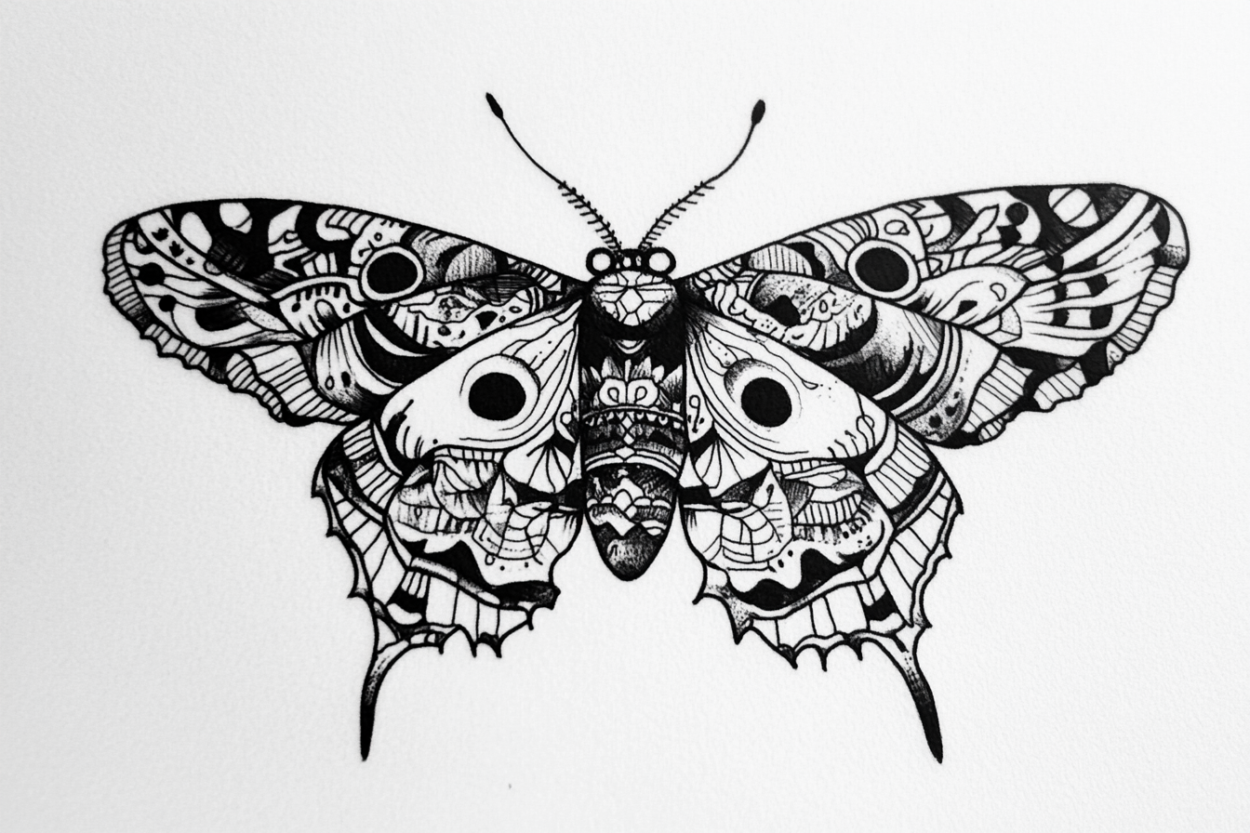African Patterns
Explore Our African Patterns
Why African Pattern Art Are Amazing?
African patterns are a mesmerizing celebration of color, shape, and cultural heritage. These intricate designs, which have been passed down from generation to generation, are a true feast for the eyes. From the bold geometric shapes of the Kente cloth to the curvilinear forms of the Ndebele house painting, African patterns are a testament to the beauty and richness of African culture.
One of the most fascinating things about African patterns is their diversity. Africa is a vast and diverse continent, home to over 1.3 billion people and over 3,000 distinct ethnic groups. Each of these groups has its own unique artistic traditions and styles, which are reflected in their patterns. Some patterns are inspired by nature, others are based on historical events, cultural beliefs, or religious practices. The result is a rich tapestry of patterns that offer a glimpse into the complexity and diversity of African culture.
From a design perspective, African patterns are also incredibly versatile. They can be found in a wide variety of mediums, from textiles to ceramics, to jewelry and home decor. The intricate designs and bold colors make them eye-catching and memorable. Whether used as a statement piece or as an accent, African patterns can transform any space or object into a work of art.
African patterns have also gained a lot of popularity in recent years, as people have become more interested in cultural diversity and global design. From high-end fashion to streetwear, African patterns can be seen in a wide range of industries and styles. The appeal of African patterns lies in their ability to blend tradition with modernity, creating a unique and timeless aesthetic.
You May Also Like
Explore Our Blogs
Read up on our writings on spirituality, psychology, and substance education


















